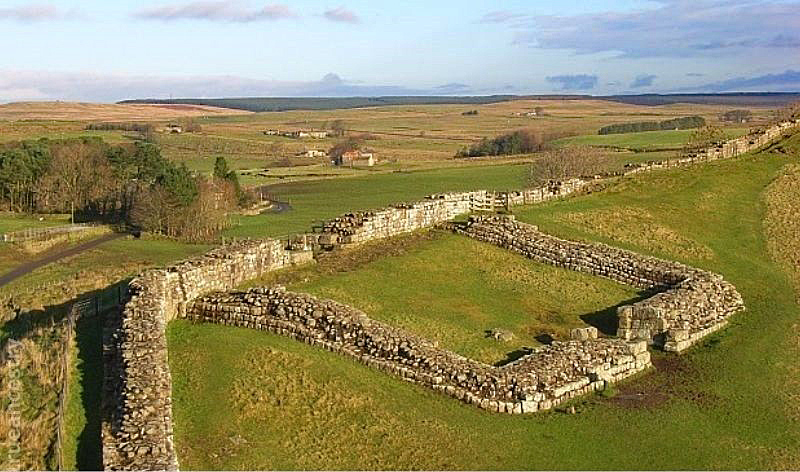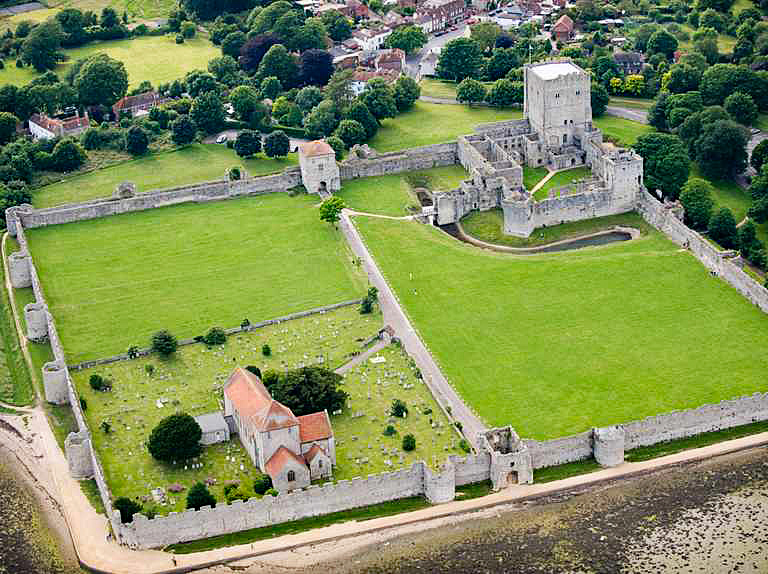Border controls in Roman Britain; the Walls of Hadrian and Antoninus Pius, and The Forts of the Saxon Shore
| Day |
Friday |
| Date | 16th January 2026 |
|---|
| Time |
19:30 - 21:30 |
| Presenter |
Dr David Rudling |
| Cost |
£10.00 |
| Room |
Main Hall |
| THIS EVENT IS FULLY BOOKED |
| Availability |
64/65 Places
|
| Event Description |
 
This lecture will examine two types of border control used in Britain in Roman times. The first involved the construction of fortified walls of stone or turf with associated forts, fortlets, watch towers, roads, etc, to control the movement northwards or southwards of people and goods across the northern border of the province. The first wall, Hadrian’s Wall, was 73 miles long and ran from coast to coast between Wallsend on the River Tyne in the east to Bowness-on-Solway in the west. During the reign of the next emperor, Antoninus Pius, the border was for 20 years moved further north into central Scotland between the Firth of Clyde and the Firth of Forth. The troops were then withdrawn back to Hadrian’s Wall and this then remained the border into the fifth century. During the third century Saxon and pirate raiding along the coast of South-East England led to the gradual creation of a series of coastal forts between Brancaster in Norfolk and Portchester in Hampshire. We will consider the effectiveness and fates of these various border measures.
Wine and nibbles will be available at the interval. |
| Presenter |

Dr David Rudling is the Academic Director of the Sussex School of Archaeology. He is also an Honorary Research Fellow and Visiting Lecturer at the University of Roehampton.
Previously David worked for 25 years for the UCL Field Archaeology Unit, before switching to the University of Sussex where he was Senior Lecturer in Archaeology (Continuing Education). David’s research interests include Roman rural settlements and land-use, religion and ritual in Roman Britain and beyond, and ancient and medieval coins. Sites excavated by David include Bignor Roman Villa and Chanctonbury Ring. David is a Fellow of the Society of Antiquaries of London and a Member of the Chartered Institute for Archaeologists.
|